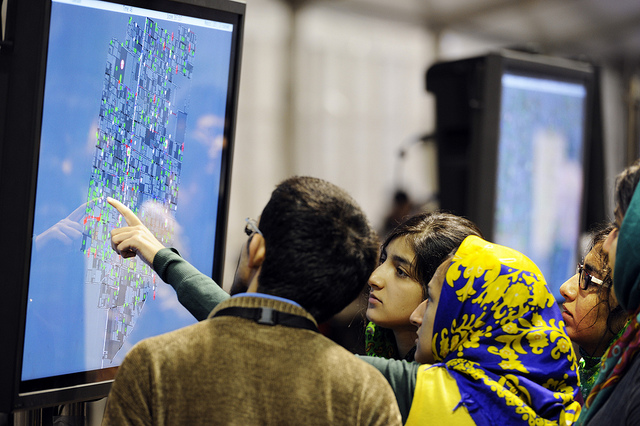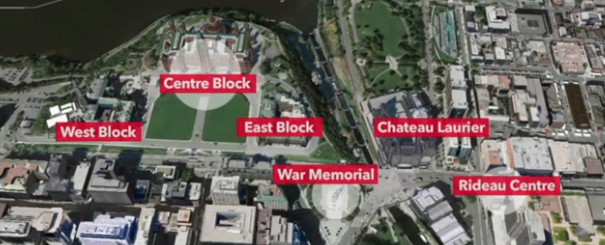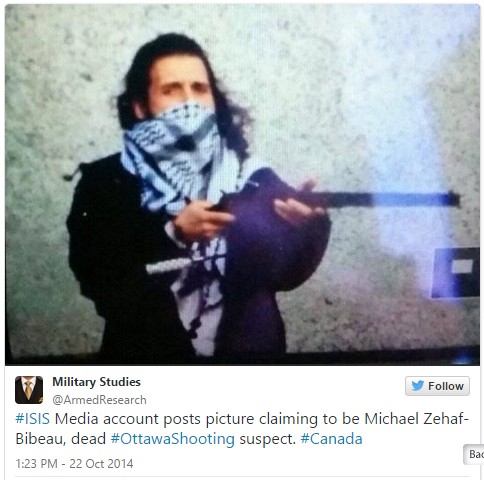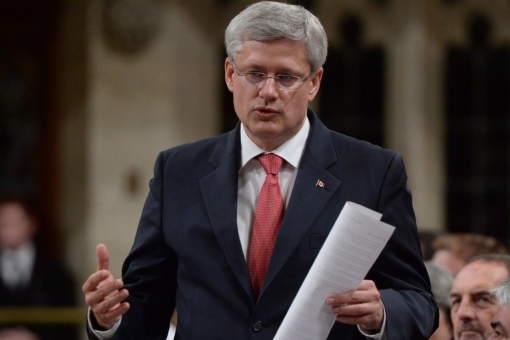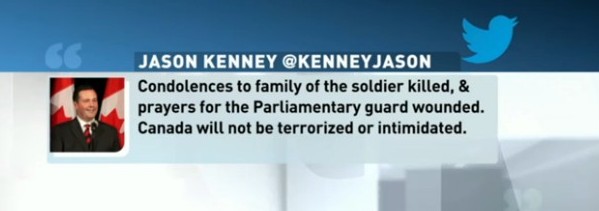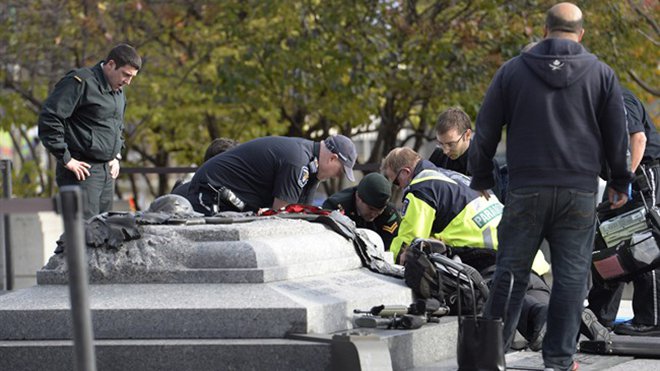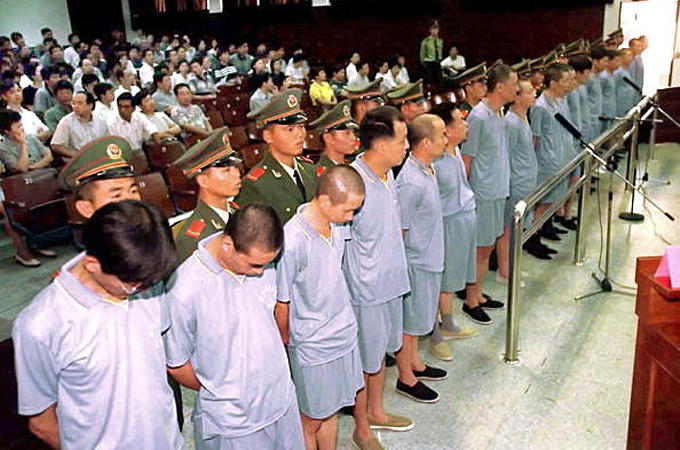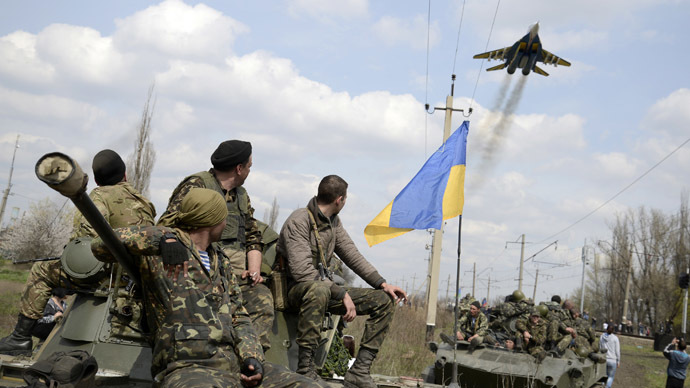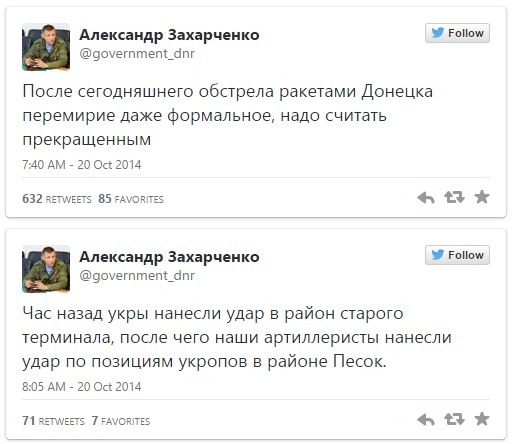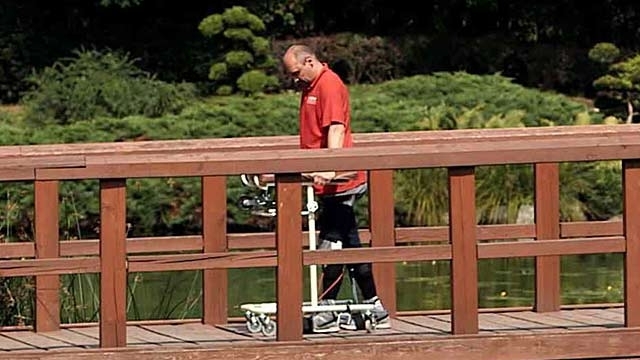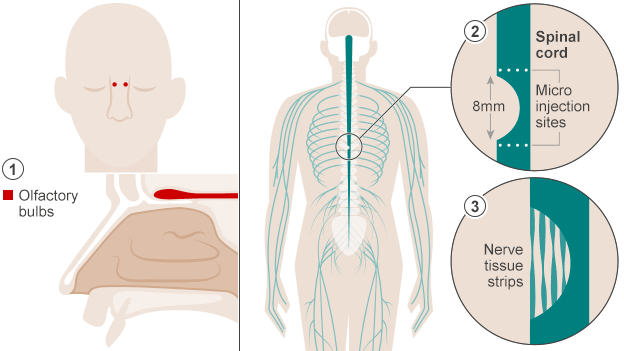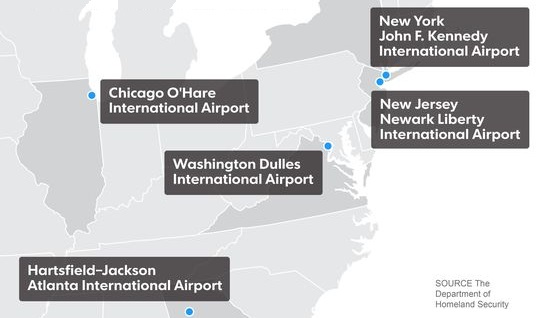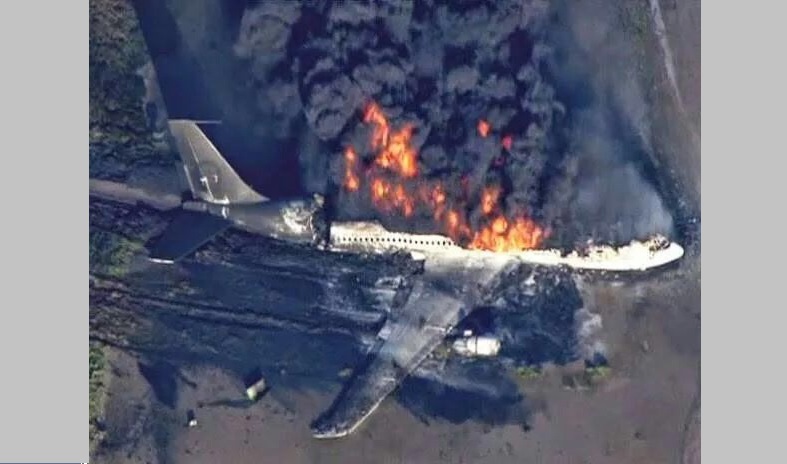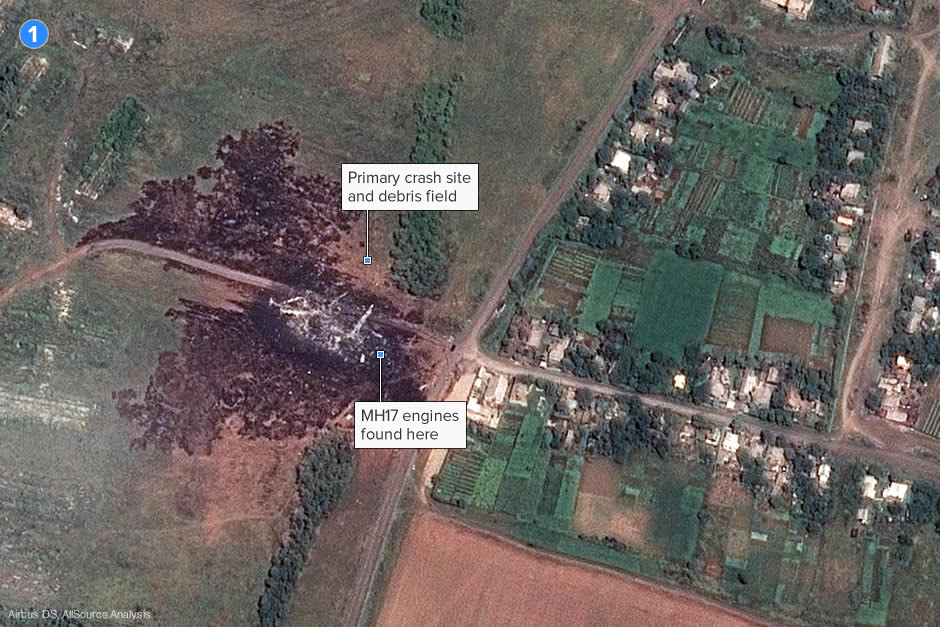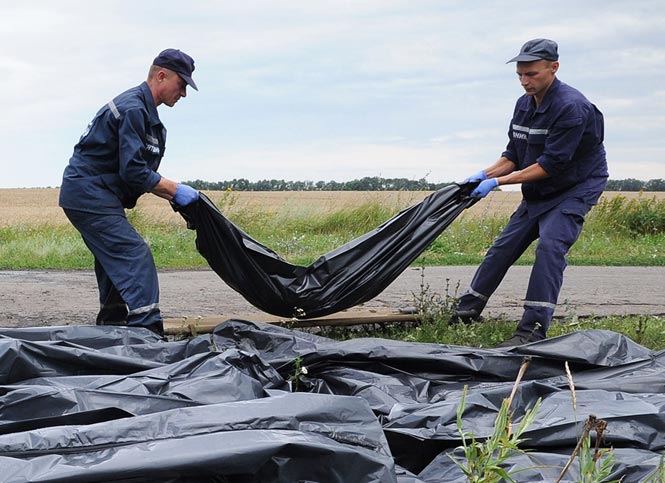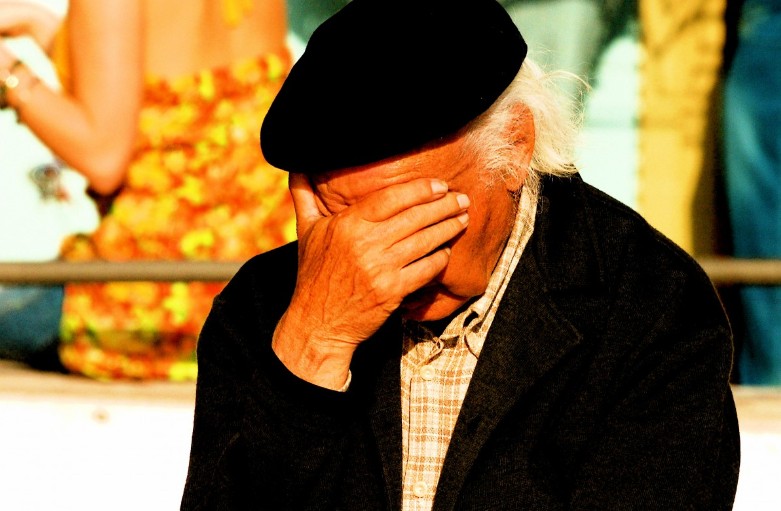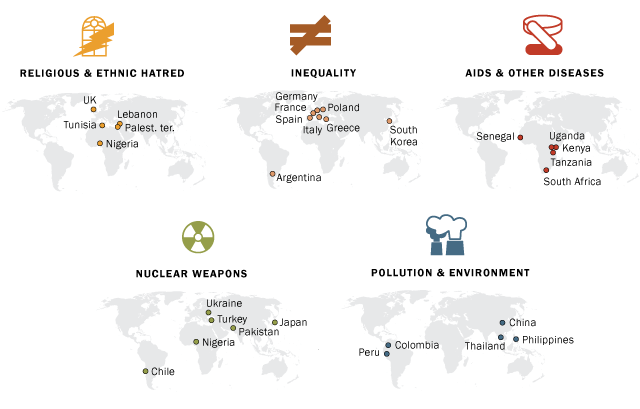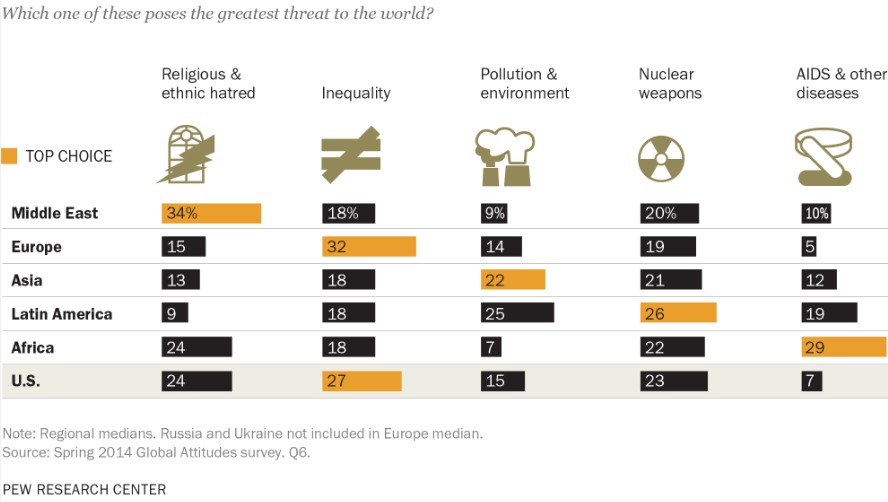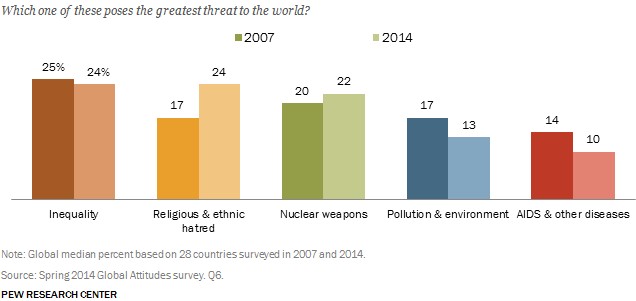On Nov. 7, the White House’s science and technology branch will meet with robotics experts and medical and humanitarian officials to explore ways to use robots to help safely treat Ebola victims, as well as victims of other infectious diseases during epidemics.
“The problem that we’re having now with Ebola is the same as the problem that we had with Fukushima,” wrote IEEE Spectrum robotics blogger Evan Ackerman, “There simply aren’t any robots that are prepared and ready, right now, to tackle an immediate crisis, even though robots would be immensely valuable in this situation.”
The White House Office of Science and Technology Policy will meet with Texas A&M University Center for Robot-Assisted Science and Rescue (CRASAR), the Worchester Polytechnic Institute and others. The purpose of the workshop will be to discuss the kinds of robots that would be valuable during future epidemics and to identify the abilities possessed by already existent robots.
CRASAR Director Robin Murphy blogged recently about some possibilities. These included transportation of deceased, reducing humans working in biosafety labs and field hospitals, contamination detection, disinfection, telepresence/language interpretation, physical security, waste handling, humanitarian relief (food, water and medicine distribution), and reconnaissance.
“In order to be successful at any one of the tasks,” wrote Murphy, “robots have to meet a lot of hidden requirements and sometimes the least exciting or glamorous job can be of the most help to the workers. Example hidden requirements: Can an isolated field hospital handle a heavy robot in the muddy rainy season? How will the robots be transported there? Is it easy enough for the locals to use so that they can be engaged and earn a living wage? What kind of network communication is available? What if it needs repairs? That’s what I am working on, applying the lessons learned in robotics for meteorological and geological disasters.”
Some of the tasks Murphy listed are possible with current robotics, or would be with current modifications.
Currently, West Africa is suffering under the Ebola epidemic that is infecting thousands every week. The disease is doubling every three weeks, and could infect up to a million people by January, UN officials have stated. Among the current challenges in addressing the Ebola epidemic is the lack of doctors and properly trained medical staff.
By Daniel Jackson
